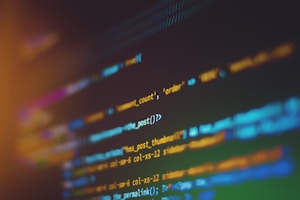Information moves over the internet in amazing ways, and networking has been designed to be as unobtrusive as possible to make the flow of information over the internet less restricted and much more transparent. Internet applications and other resources have also been known to move massive amounts of information. With a proper network set up to handle these transfers, users can have the peace of mind that none of their information gets lost, and they get to make better use of the network resources at their disposal. Information moves from one party on the internet to another in a manner that is both easy to keep track of and secure.
The sender of any piece of information on the modern internet will first have to establish a connection, which is done through a digital handshake protocol. The protocol establishes the identity and features of both participants in the communication or conversation. It identifies aspects of the parties such as the operating system, networking protocols, applications used for the conversation, and the encryption scheme used for the interchange. Once this protocol has been set up and the initial sequence established, the rest of the exchange goes on as intended. Each of the participants gets to pass and receive information from the other party securely. The initial protocol is also used to determine the kind of communication scheme expected to be used in the network, rerouting the information to pass over different channels. However, the conversation remains the same. The applications used in the communication will make use of the tunnel established through the internet to pass information from one computer to the other.
The information also moves through the internet over private networks and other hidden protocols like the onion routing protocol that has been known to provide anonymity for internet users worldwide. This protocol uses its entire global ring of computers and addresses to establish unique sessions for each internet user, and the traffic gets routed all around the globe in totally random manners. None of the traffic can be traced as it is rerouted over the network, making the internet usage very private and secure. Users of these protocols usually require totally anonymity and privacy when they are using the internet. They prefer to have private internet usage to not reveal their identity or location to the server they are interacting with.
In conclusion, information moves through the internet in various ways, with internet routing protocols being used to determine how the information will flow from the sender to the receiver. In the routing, the traffic passes through many addresses and parties, which route it over the network channels to arrive at the destination safely that cannot be easily traced back to the sender. The receiver gets to preserve their online identity and anonymity.






